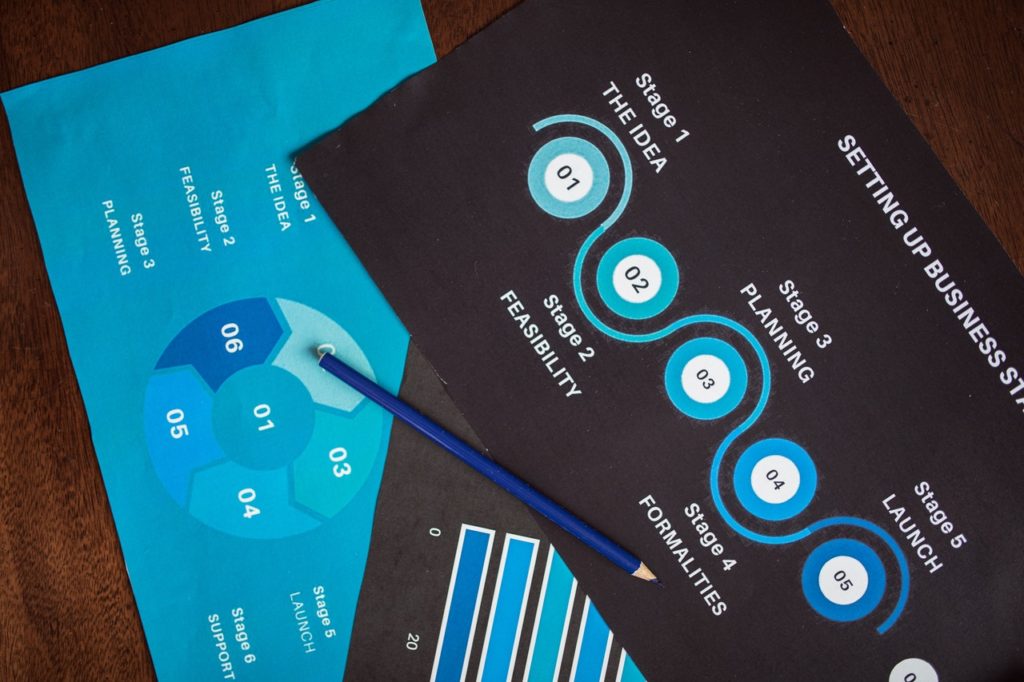
So it finally happened – You’ve been laid off from work! Maybe you saw it coming, maybe you didn’t. The first day after a layoff is crucial. You may feel exhausted or depressed. That’s completely valid. However, it’s time to get moving!
Did you know you can appeal a Separation Agreement WITHOUT paying a lawyer?
I’ll explain how later in the article.
By the way: Now that you’re job searching, why not check out some unconventional tips in our article, “How to Maximize Your Job Search“?
DISCLAIMER: This is not intended to be legal advice. I am not an attorney. Use at your own risk. Opinions expressed herein do not represent those of my employer or any associated groups.
Review Your Separation Agreement
For now, don’t panic! The first thing you want to do is review the Separation Agreement / Severance Package that HR sent you. Make a note of any lines that sound sketchy or wrong. Browse the lines for a deadline date to respond to the agreement.
File for Unemployment
After this, get on the phone with unemployment. Let them know that you just lost your job, and that you intend to file for unemployment. Calling right away will ensure you don’t lose money by filing late. The agent may ask if you are receiving severance pay or vacation/holiday pay. It’s important to be honest about this, as not to delay your unemployment package. Once you file in most states, you’ll have to take one unpaid waiting week before receiving benefits.
Don’t stop there! Contact your local aid office to ask about low-cost health care and food stamps. You may be eligible, based on your compensation package and savings. EBT / Food stamps have an unnecessary stigma around them. They can save you a lot of money on groceries.
Lastly, review your Separation Agreement to ensure it states your reason for termination as a layoff or reduction in staff. If it does not, your unemployment might be contested. In the latter case, you’ll want to ask the employer to change that reason, and if they push back, hire a lawyer.

Call Separation Lawyers for a Free Consult
Why would you sign on a lawyer if they’re so expensive? You don’t need to. However, lawyers have plenty of valuable advice to give. Visit your state’s Bar Association website, where you can search for a lawyer specializing in Employment Law.
Once you’ve found a lawyer, call their number and ask if they do free consultations. Once you find one who agrees to, set up a 15 minute consultation.
In that consultation, give what you feel are TOO MANY details. The object of this is for the lawyer to answer many of your questions before you commit to signing them on. Be sure to let them know it’s layoff. You’d be surprised how much relevant advice they’ll give you if you provide enough information. If you decide to sign them on later, you’ll already have a good sample of what they can do.

Look into Health Insurance Options
Health insurance is the most obnoxious thing about layoffs. From day 1 of the layoff, you want to get all of your medical, optical and dental appointments set to times/dates before the insurance expires. After the cutoff date, you will no longer be able to use your health insurance. However, you’ll usually be offered to extend your coverage (COBRA) after your employment, but the employer doesn’t pay their portion, ultimately making it quite expensive for you.
The good news is, there are now some affordable services out there for those without insurance. For medical, check out a free clinic in your town. For dental, there are monthly membership services out there like Alligator Dental that give sizable discounts on dental care. Here are some great options via U.S. local health departments, Medicare/Medicaid and dental schools. Lastly, EyeCare America offers no-cost eye exams.
Don’t Lose Money! Check your 401K / Retirement Plan!
Do you have a balance lower than $5000 in your retirement plan? You may be subject to an automatic cash-out. This is not a joke, especially with recessionary economic conditions. As surreal as it sounds, many employers have this baked into their agreements. The minimum balance varies by company, so check your Employment Agreement. If you can’t find it there, email your HR directly and ask.
Call your 401K provider and ask what your options are. If your balance exceeds the minimum, you may be fine. If not, you may be able to put your remaining balance into a rollover account at another existing investment company you work with.

Draft Response Email to Separation Agreement
Have you spoken to a lawyer? Great! If you have a basic Separation Agreement, you probably don’t need to retain them. Writing an appeal to your HR representative is easier than it sounds. What’s important is that you know what you can ask for.
Here’s a list of common pushbacks on severance packages:
- Push back deadline date
- Increased compensation
- Pay out vacation / holiday pay
- Extended health coverage
- Outplacement services
- Good reference or neutral reference
If you aren’t sure how to structure the email, here’s a good template.
Sample email response template:
“Hello YOUR HR PERSON’S NAME,
After having spoken with an attorney, I would like to appeal my Separation Agreement and General Release (the “Agreement”), following my termination from YOUR COMPANY on DATE/MONTH/YEAR.
My reasons and grievances for appealing the termination are as follows:
1. ____________________________________________ State your reasons and grievances.
I would like to request the following amendments to the Agreement prior to signing, which I find to be reasonable requests:
1. Inclusion of extension of Agreement deadline date to DATE/MONTH/YEAR.
2. Inclusion of a copy of any supporting documents or written notice of performance provided to my personal email (YOUREMAIL@YOUREMAILPROVIDER.COM).
3. Inclusion of an increase to ____ additional weeks severance pay, paid in a total lump sum, written into the Agreement.
4. Inclusion of employer payment of COBRA medical, dental and vision coverage until DATE/MONTH/YEAR. If this is not possible, I am requesting that my termination date to be officially pushed back (unpaid leave of absence) to DATE/MONTH/YEAR and my medical, dental and vision insurance employer portion to be paid until that date.
5. Inclusion of clause stating that YOUR COMPANY will provide an outplacement assistance service to me, YOUR FIRST AND LAST NAME, of my choosing, written into the Agreement.
6. Inclusion of a “neutral reference check” clause in the Agreement.
May I also please ask how I would go about obtaining a copy of my Personnel File and Departmental File?
Please let me know if all of the above requests can be satisfied, and confirm receipt.
Please respond with an updated Agreement by DATE/MONTH/YEAR, at TIME AND TIME ZONE latest.
I look forward to an amicable resolution.
Thank you.
YOUR FIRST AND LAST NAME
Employer Pushes Back? Hire a Lawyer.
If the employer pushes back, your only real option is to hire a lawyer.
That’s okay! Shop around for a lawyer, such as on your state Bar Association’s website.
A layoff can be tough, but doesn’t have to be!
You’ve got this. Wishing you great luck in your job search (or entrepreneurial venture).






